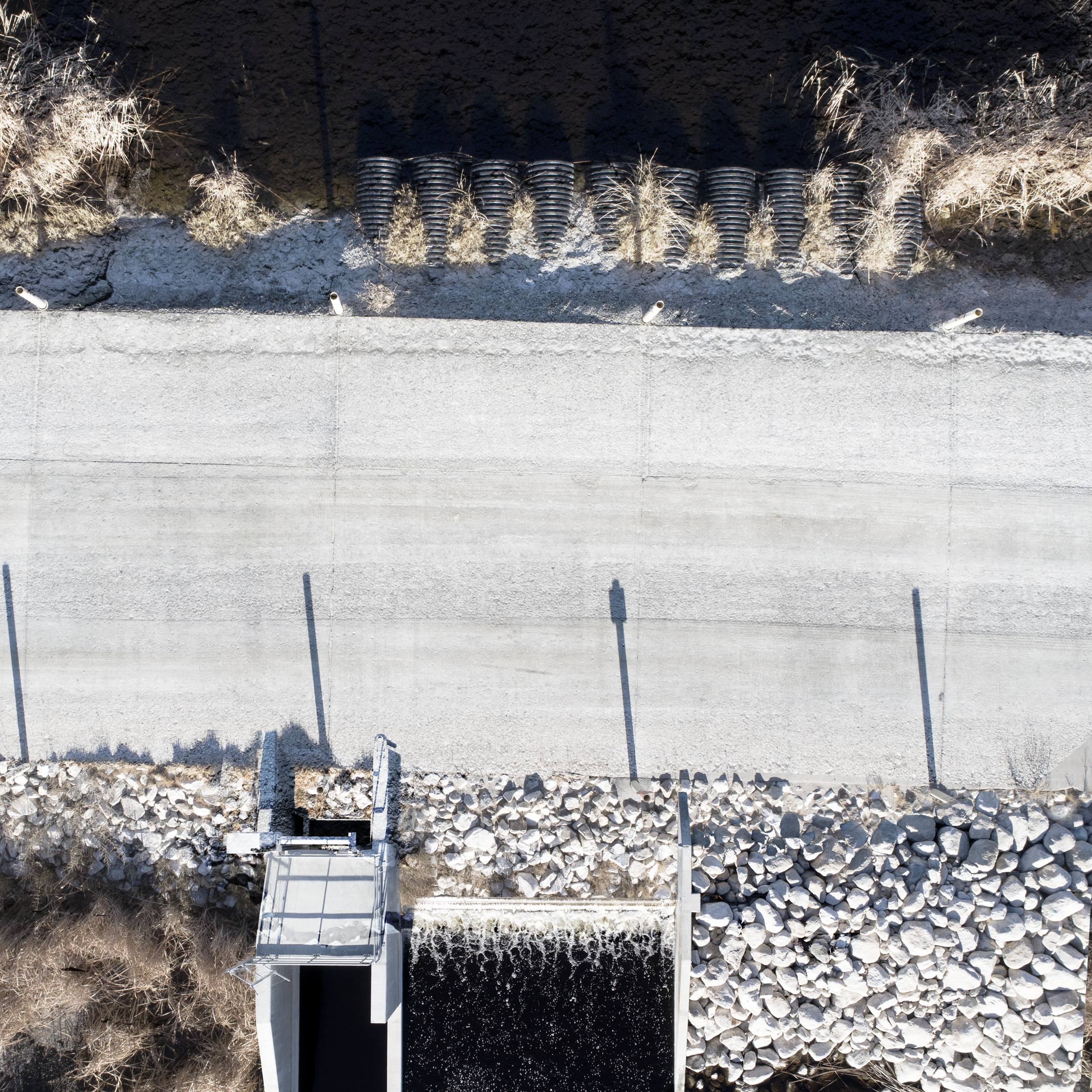
ARCH701 | Jason Payne [Fall 2020]
Location: Owen’s Lake, CA
Partner: Alexander Jackson
Award: Published in Pressing Matters 10, Published by suckerPUNCH Daily
The Synthetic Suture stitches together the natural and the unnatural, the managed and unmanaged, and the micro and macro, through a series of architectural, ecological, and infrastructural systems. Focusing less on architecture as generator, large scale infrastructure elements act as key drivers for the generation and maintenance of the lakebed.
The project acts as a geological element, embedded and part of the landscape. As much a part of the geology, the Synthetic Suture performs to constantly change and update itself and its environment, not unlike the crust of the Earth’s surface. The project is conceived as much as a geological artifact as much as an architectural or infrastructural provocation.



Flow Analysis & Satellite Imagery
Looking closely at the flow analysis, the Minard Mapping studies both geological and manmade flows occurring on the site and its relationship towards the Channel Area. These flows then directly influence programmatic elements placed on the site. The project seeks to enhance the existing experimental studies occurring on both polygons. Programmed spaces are represented in black, while direct flows on the site are highlighted in gray.
Shown as a diptych, the project manifests itself as a direct translation of the existing geological and manmade flows on the site. The Polygon T2-1 Addition remains Shallow Flooding, however, has been adapted to suture itself toward vegetation ecologies and means to blur the boundary between that which is architecture and that which is ecology. For the infrastructure that generates these landscapes are the true driver of the environment.










“It is not the shape of the game piece, but the way the game piece plays. Not the object form, but the active form.”
— Keller Easterling, Extrastatecraft
The site engages multiple audiences, from biologists and engineers that work within the lake’s environment, to visitors that come to seek understanding about the complex history of the draining of Owens Lake. Beyond human agents many nonhuman actors play an integral role in this ecosystem. Pipes and water lines that feed the shallow flooding ponds become sources for the genesis of life. Tillage generates wells for growth of native vegetation. Microbial life, salt grasses, and re-occurring wildlife now frequent the renewed lake. Eco-engineering infrastructure proliferates the creation of this environment and sustain the project well into the future, setting forth generations of revitalization. The building becomes BACM (Best Available Control Measures) as the lines between what is natural and artificial are blurred, creating a strange and active extra-urban architecture through the means of infrastructure and synthetic ecosystems.





